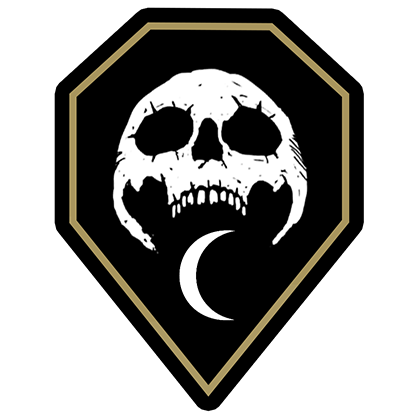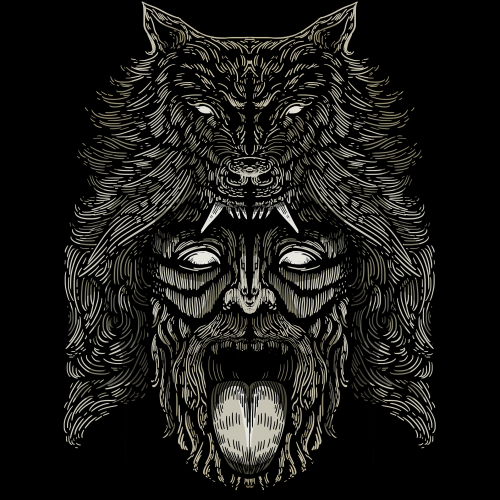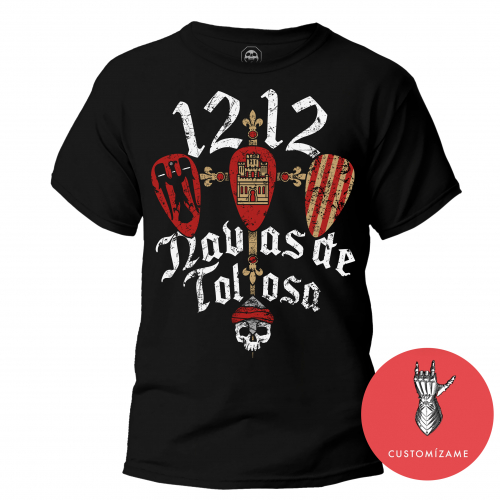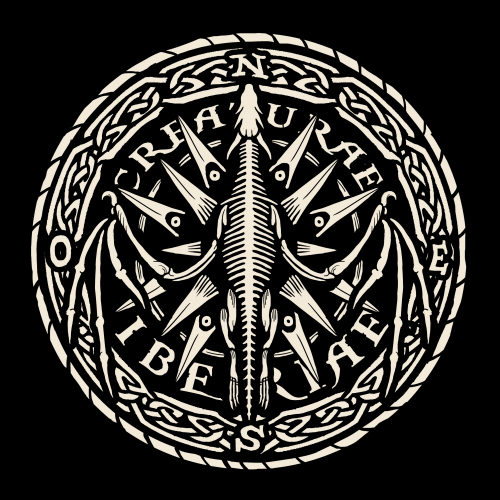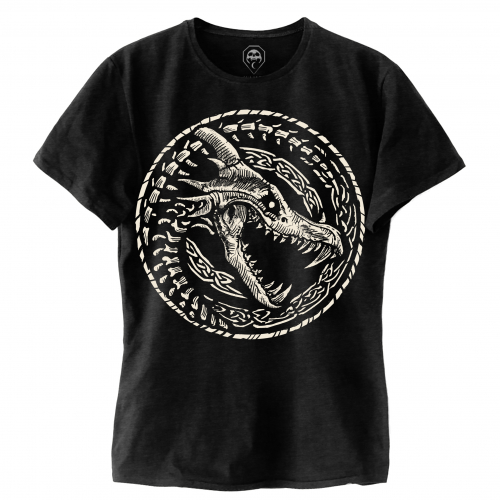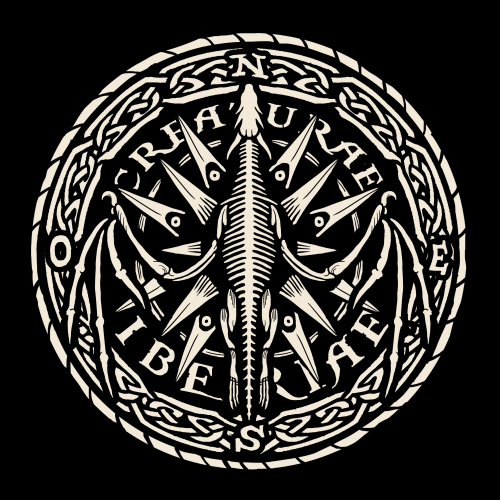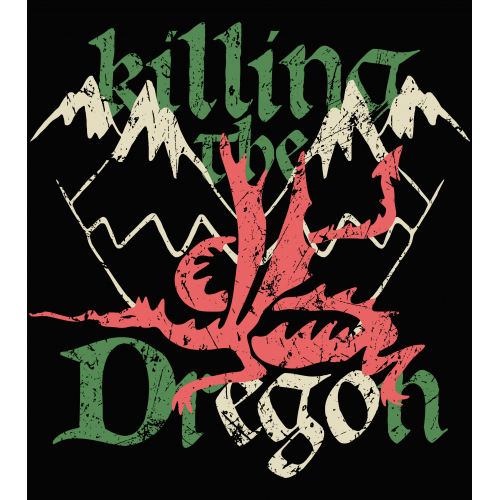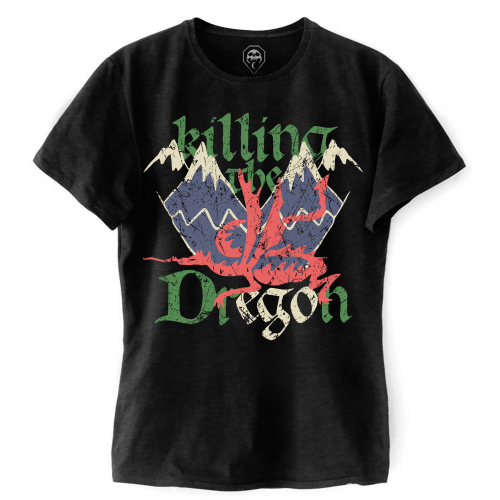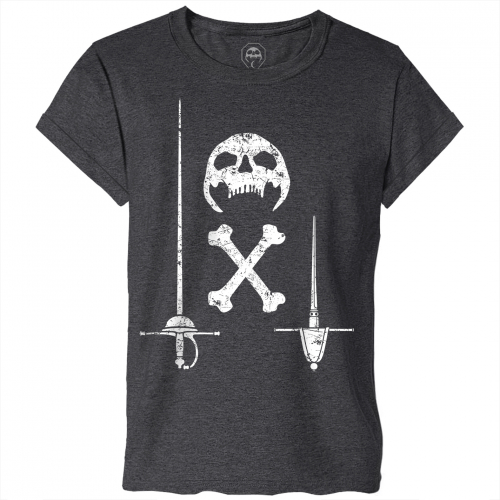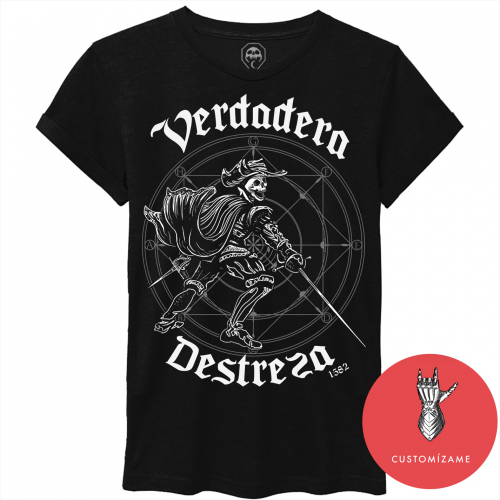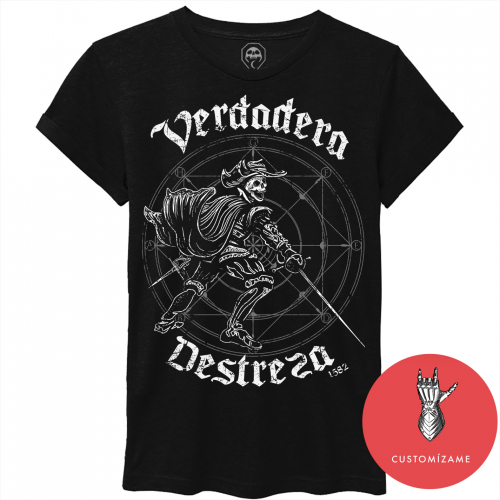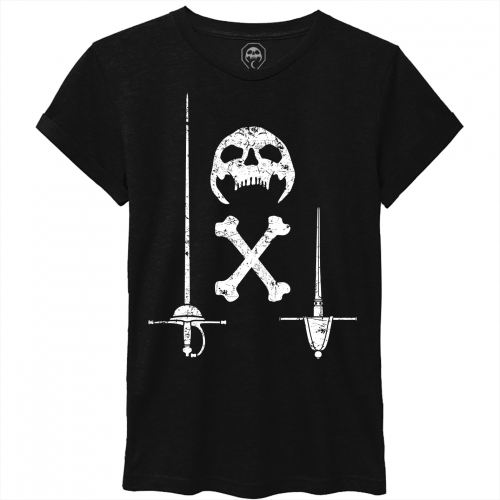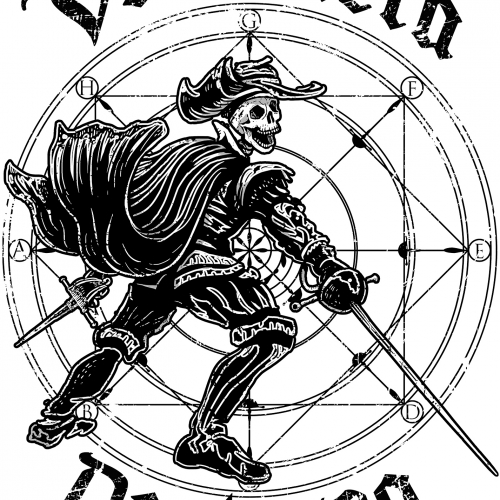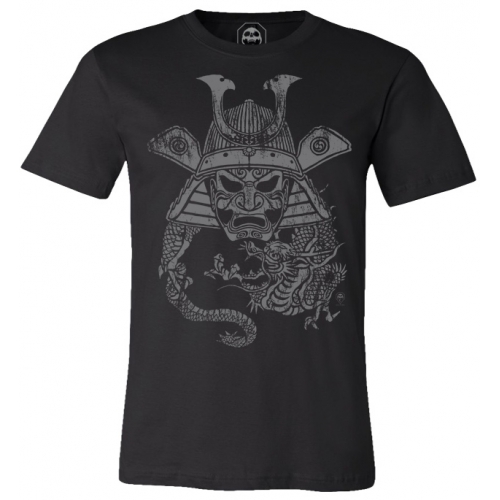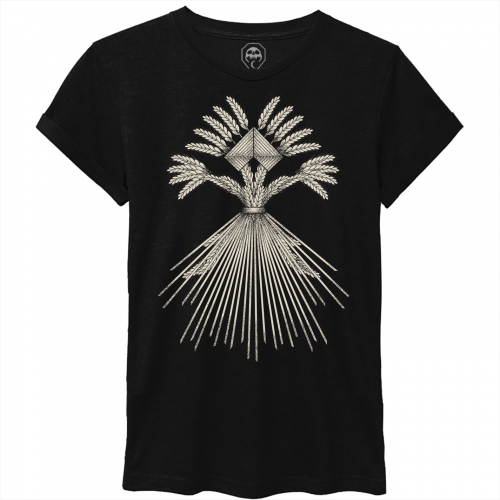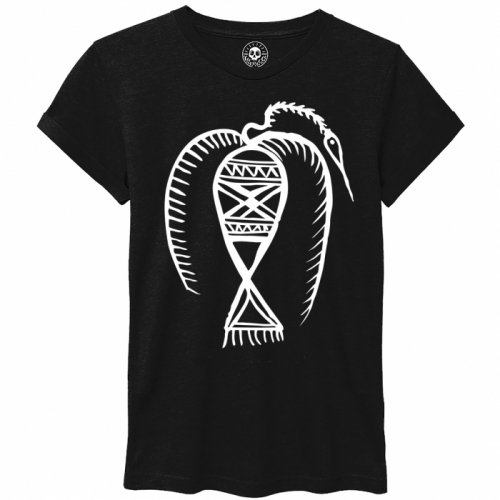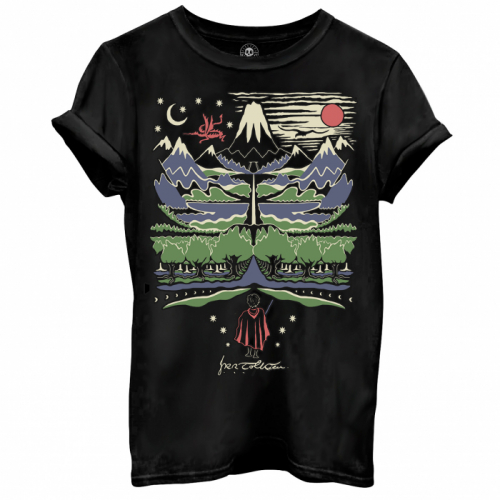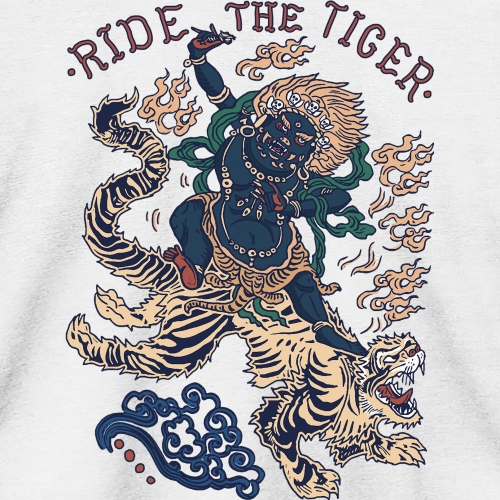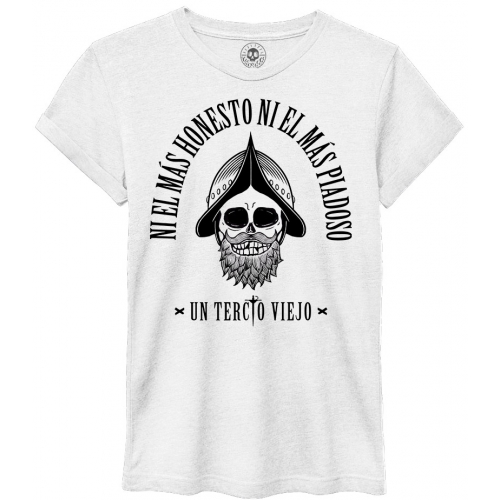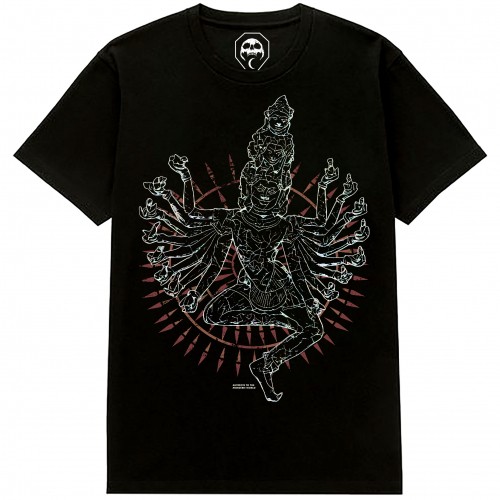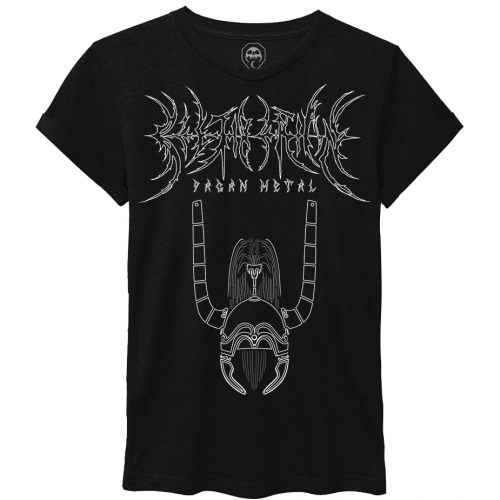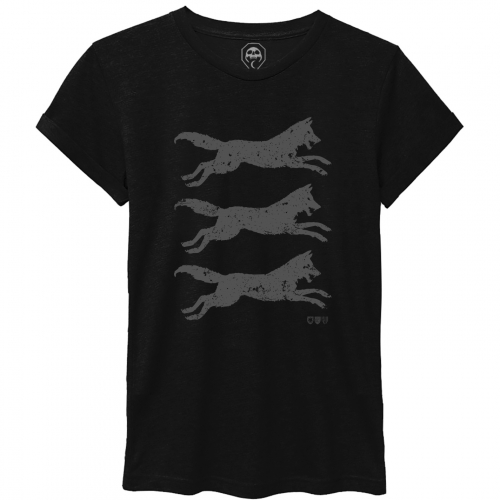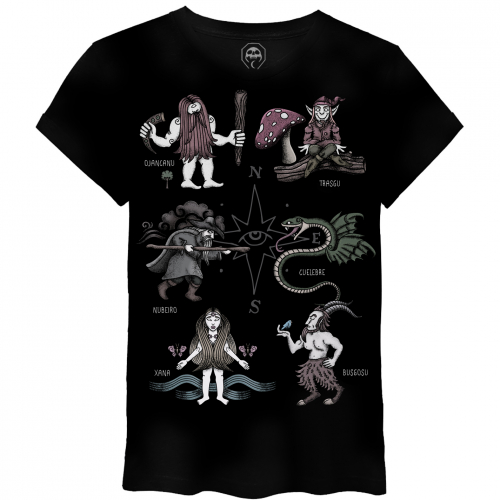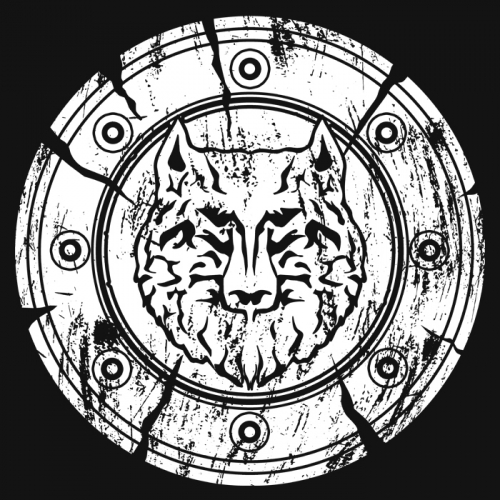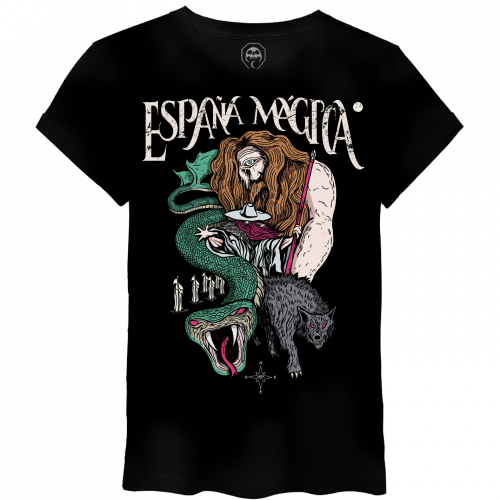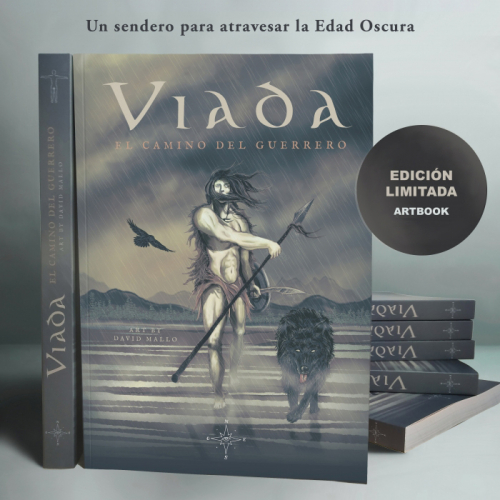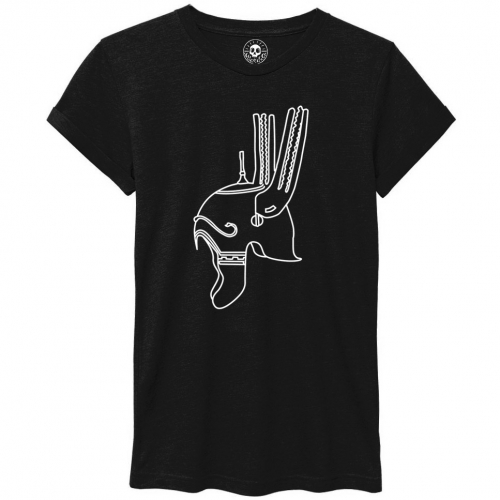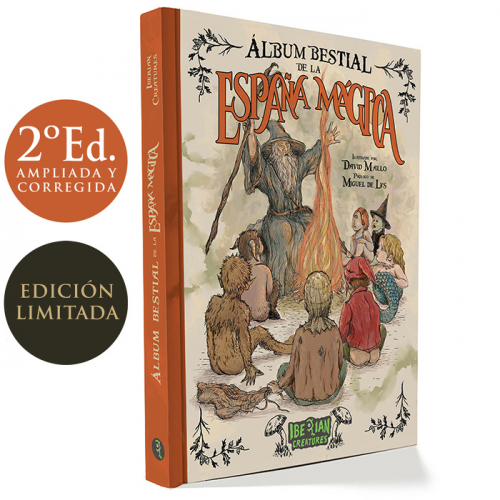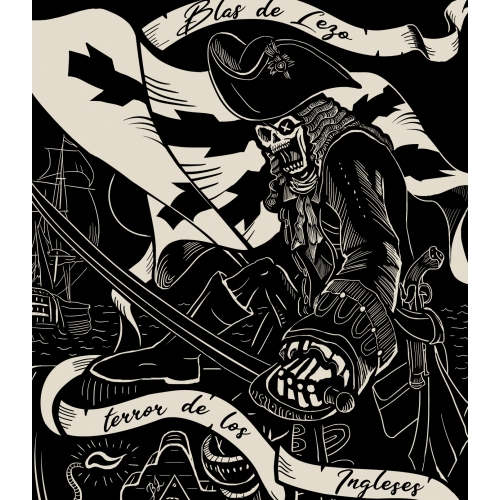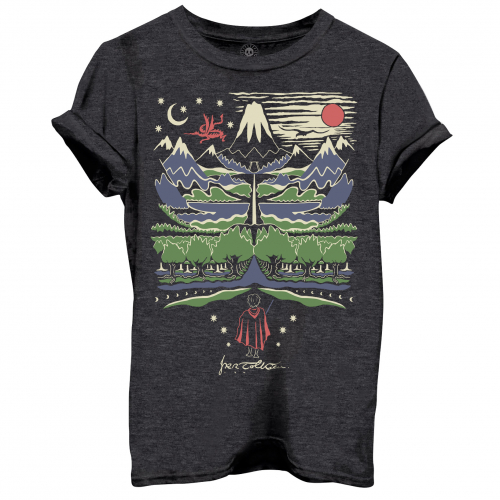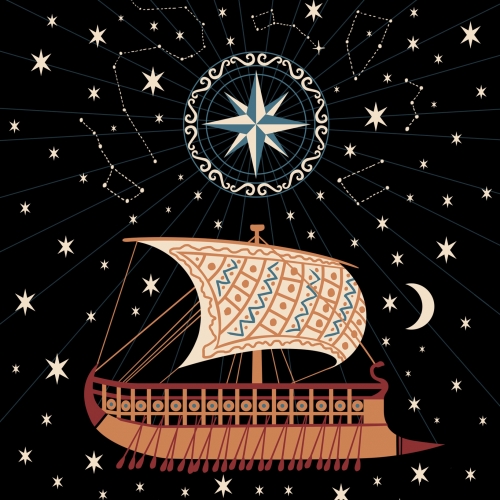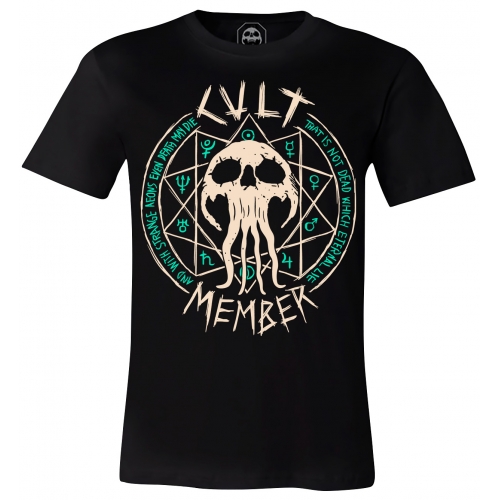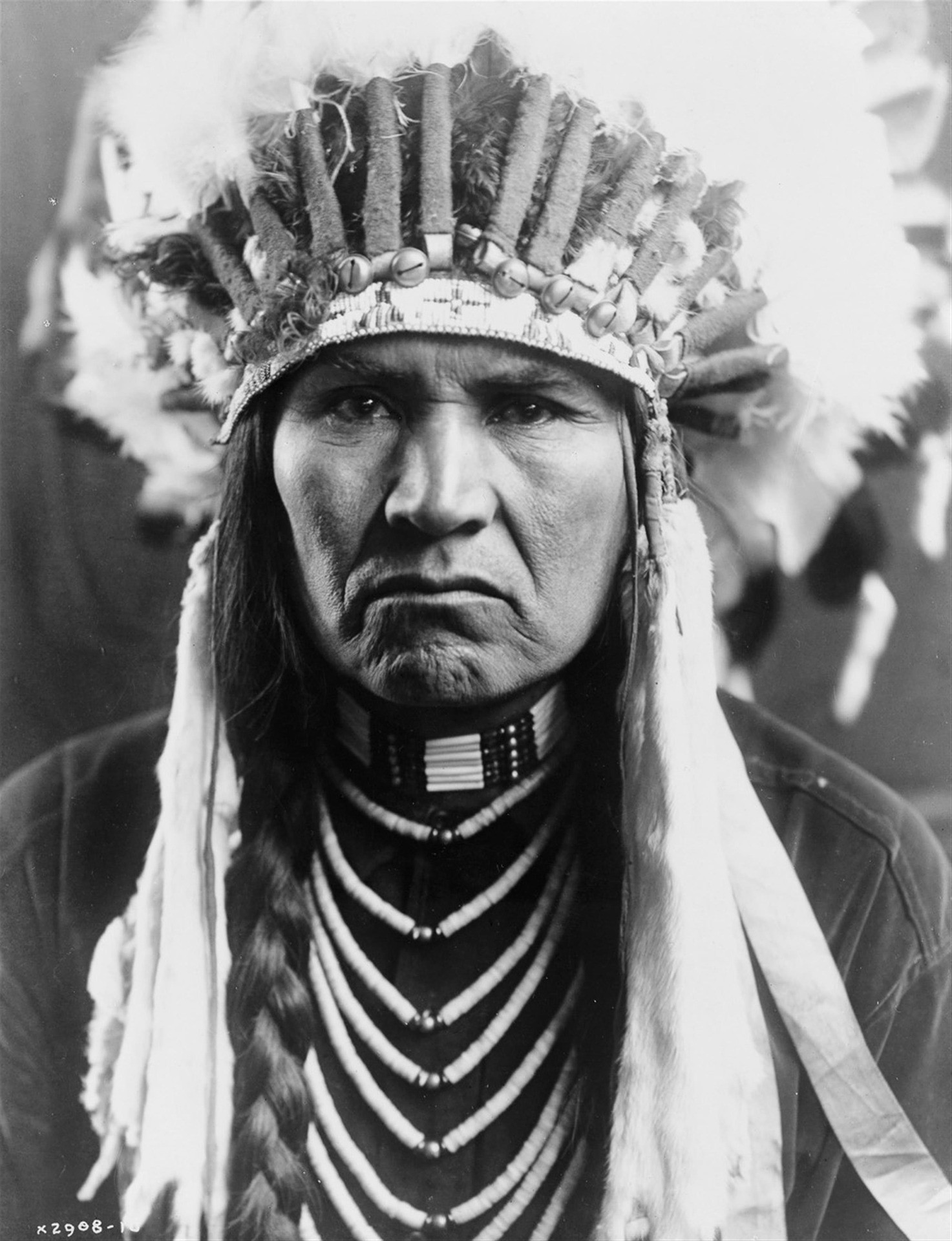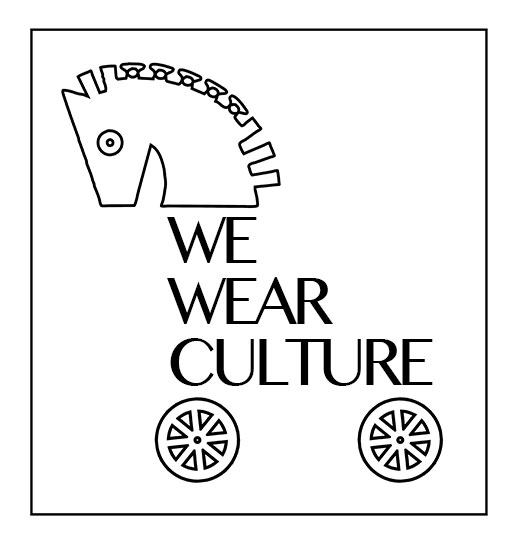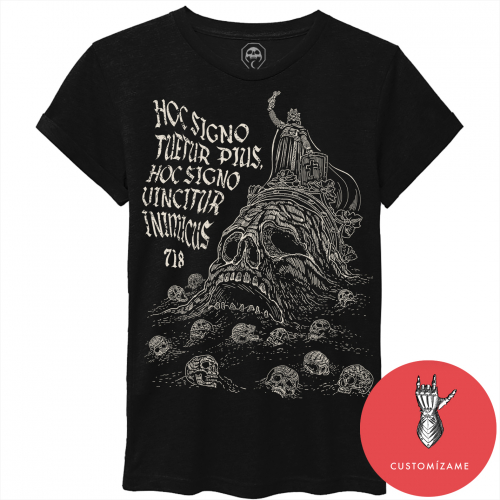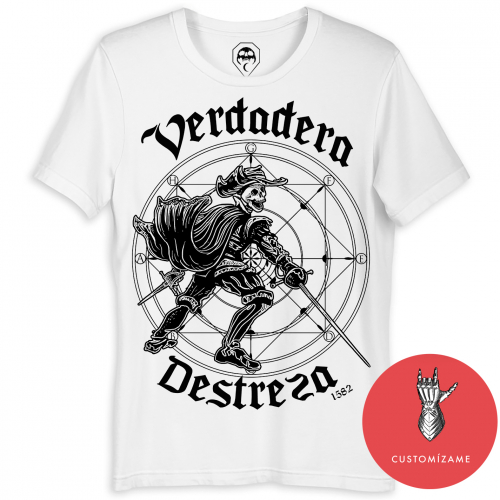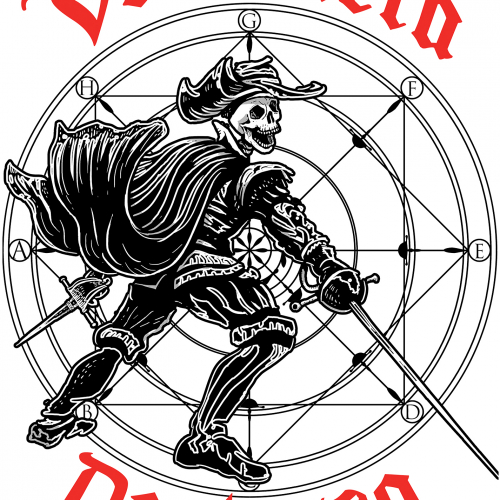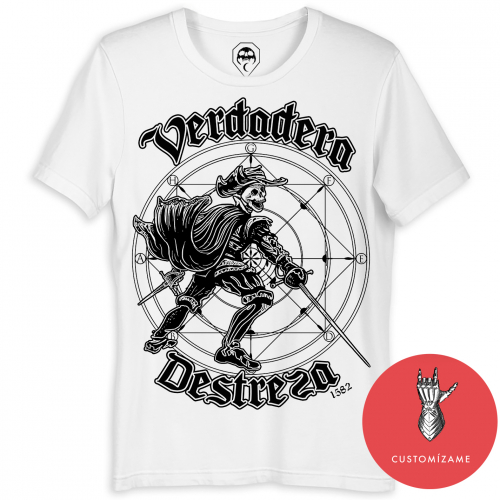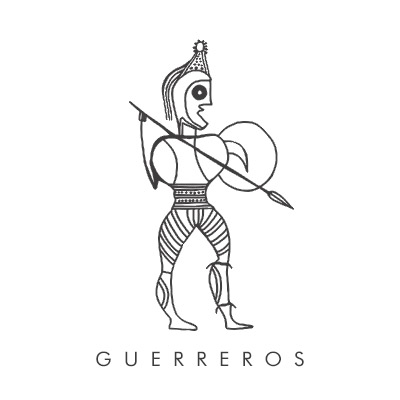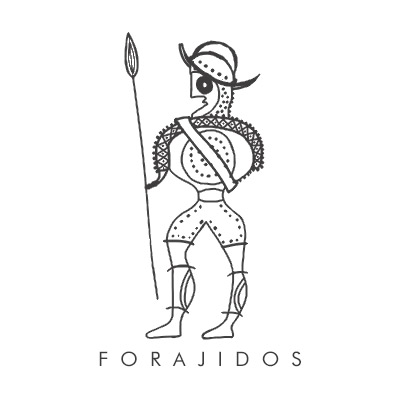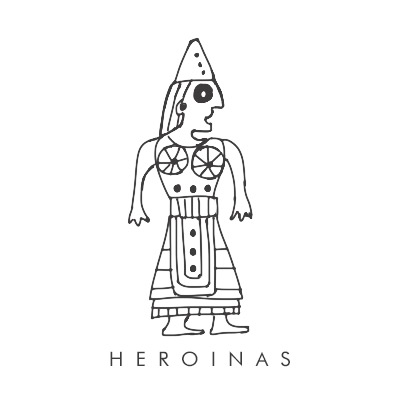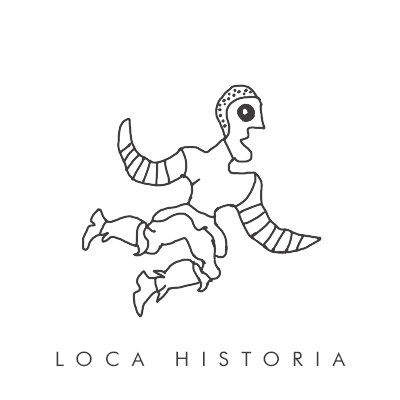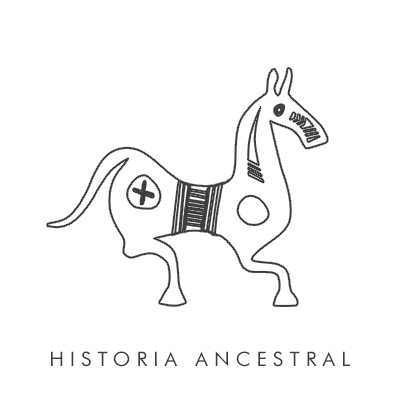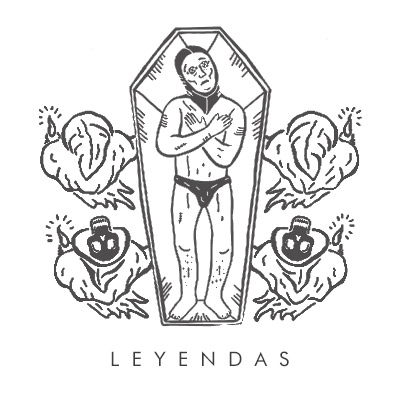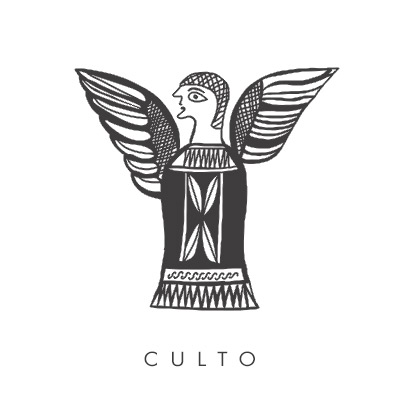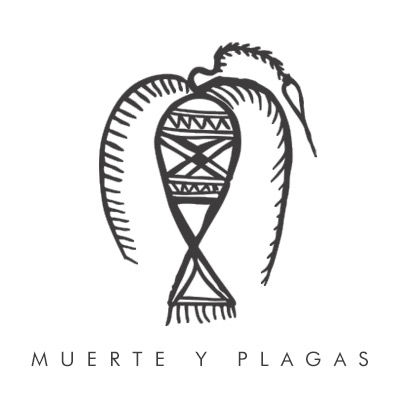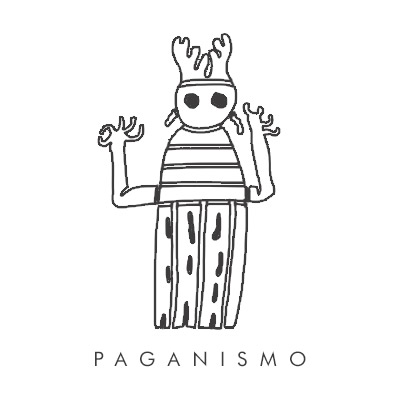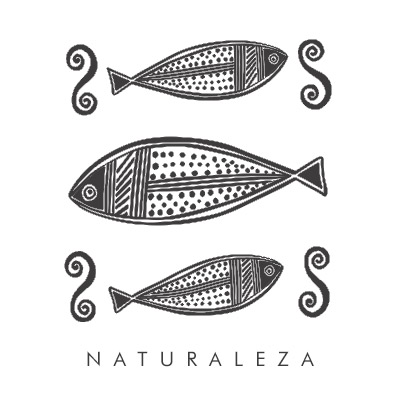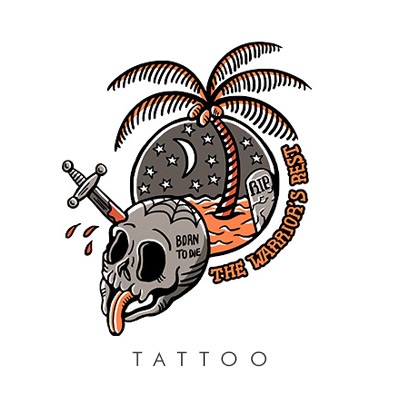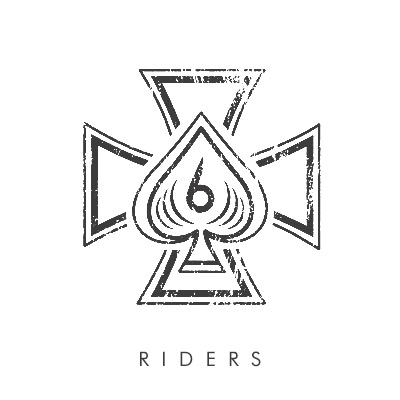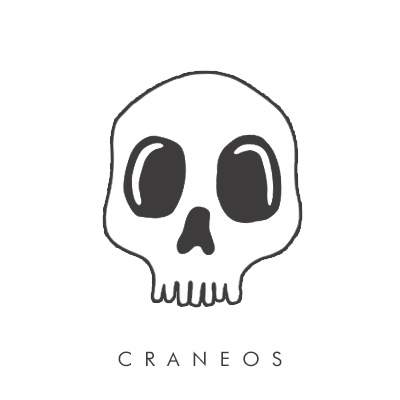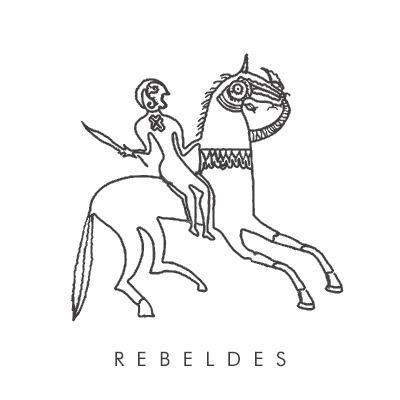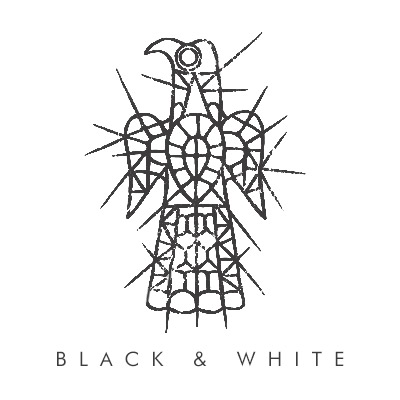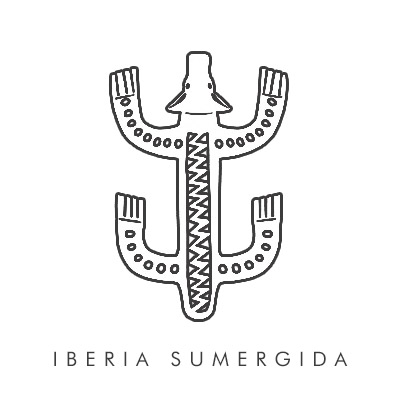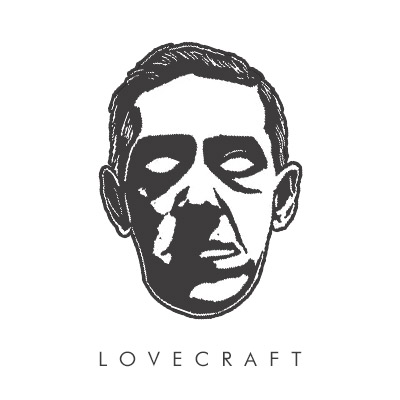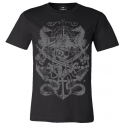“Nature is alive and populated with invisible _ intelligent forces and beings. Some humans seek their contact and they want it too, but first we must learn to know them..."
Jesús Callejo
CULEBRE
Rural dragon or deadly winged serpent located in Cantabria, Asturias, Galicia, north of León and Palencia. This giant beast with a powerful jaw and forked tongue inhabits mountain caves, cliffs, rocky outcrops and caves. She is a guardian of treasures, the terror of villagers and shepherds, and devourer of maidens.
NUBEIRO
He is the lord of atmospheric phenomena, of rain, storms, hail... They are ruthless and mischievous beings with bushy beards and aged faces. He wears dark clothes and a wide-brimmed hat, lives in the clouds or travels in them and has fun controlling the weather and causing all kinds of damage to the crops. It is usually accompanied by wolves or ravens and is present in Asturian, Cantabrian, Galician and northern León mythology.
BUSGOSU
A kind of faun from Asturian mythology, half goat, half man, seems to have its origin in some entity of the Celtic pantheon. He is the lord and guardian of the forest and everything that lives in it, he helps and cares for the lost shepherds by showing them the way back, but at the same time he is a cruel and deadly enemy to anyone who dares to harm the forest. In addition, this genius of nature has an exacerbated and voracious sexual appetite, even kidnapping beautiful women to satisfy his desires.
XANA
The xanas or fairies of the waters are spirits of nature in the form of beautiful women and long golden hair. This species of nymphs inhabits caves, fountains and the banks of watercourses. There are enchanted ones or owners of treasures and xanas that steal children. They are collected in Asturian and Leonese mythology.
OJANCANO
The one-eyed giant of Cantabrian mythology. The vengeful destroyer of the mountains that terrifies every living thing. His strength is enormous. He personifies hatred, anger and cruelty, he is the embodiment of the wild, the untamed and evil. This terrible ogre lives in the deep and gloomy caves of the most remote places of the mountain.
GOBLIN
He is a leprechaun from Leonese, Asturian, Galician and Cantabrian mythologies. It is known as the “gorru colorau” due to its characteristic red beaked cap, it is small in size, and has a playful and mischievous character. They are very mocking and sometimes malevolent. They make objects disappear, change their places and entangle everything they can if they enter your house.
